Archived Blog Posts
Do I Need Fire Insurance For My Building?
10/7/2022 (Permalink)
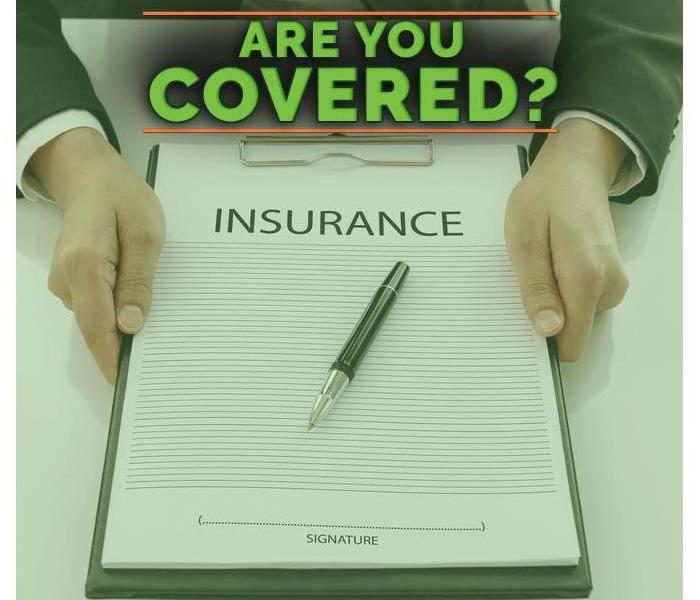 If you own a building and don't have fire insurance, then you are putting yourself and your business at risk.
If you own a building and don't have fire insurance, then you are putting yourself and your business at risk.
Do I Need Fire Insurance For My Building?
If you own a building and don't have fire insurance, then you are putting yourself and your business at risk. If your property is damaged by fire or smoke, it could take months or years to repair the damage. As a result of these setbacks, your business may suffer from decreased profits, bankruptcy, and even closure if the damage is extensive.
Protecting your home, whether it’s a house or a business, should be one of your top priorities.
Protecting your home, whether it’s a house or a business, should be one of your top priorities. The last thing you want is for something bad to happen and then have no way to recover from it.
Insurance companies offer fire insurance policies that can help protect you and your property in the event of damage caused by fire. This type of policy covers damages incurred from natural disasters like hurricanes or tornadoes as well as man-made accidents like fires or explosions caused by faulty wiring.
Fire insurance can be very expensive depending on where you live, so make sure that you understand exactly what type of coverage you need before buying any kind of policy.
Why You Need Fire Insurance
If you have a building, then you need fire insurance. Fire insurance protects you from the financial loss of a fire in your building. This means that if your building is damaged by fire, whether it's physical damage or smoke damage, and you don't have any other type of coverage, then you could be liable to pay for repairs out-of-pocket if there isn't enough coverage on your property.
What happens if my property is damaged by smoke?
If there is no electrical or gas source involved in the cause of the fire and there are no injuries sustained or personal belongings destroyed during that time period, then only smoke damage will apply to this situation—and it's important to note that this can also cover other things as well such as mold removal costs after water has been used on hot spots left behind by fires!
There are different types of fire insurance, but they are all designed to help you get back on track after you have experienced a devastating fire.
There are different types of fire insurance, but they are all designed to help you get back on track after you have experienced a devastating fire.
The best way to find out if your building needs this protection is to sit down with your agent and discuss your options. You should ask questions about the coverage offered by each type, as well as whether or not it's right for you. Your agent will be able to guide you through the process and ensure that your business is protected in case of a disaster.
Damage caused by smoke can also be covered by fire insurance if your policy allows for it.
Smoke damage is also covered by fire insurance policies. This type of damage can be caused by a fire that is put out, or by a fire that goes out on its own and leaves behind smoke.
If you're wondering if your policy covers smoke damage, it's best to check with your agent before buying the policy. In general, if you have enough coverage in place for your building and its contents, then you should be able to get protection against smoke damage as well.
When purchasing fire insurance for your building, there are several things you will want to consider before signing a contract with an insurance company:
Before purchasing fire insurance for your building, there are several things you will want to consider.
- What type of insurance do you need
- How much coverage do you need
- What is covered and not covered
Conclusion
The best way to protect your business and its assets is with a comprehensive insurance plan. This includes both property and liability coverage. You should also consider adding additional coverages such as Business Interruption Insurance (BI) or Professional Liability Coverage (PL).
Home Tips for Cleaning Your Grill
8/27/2022 (Permalink)
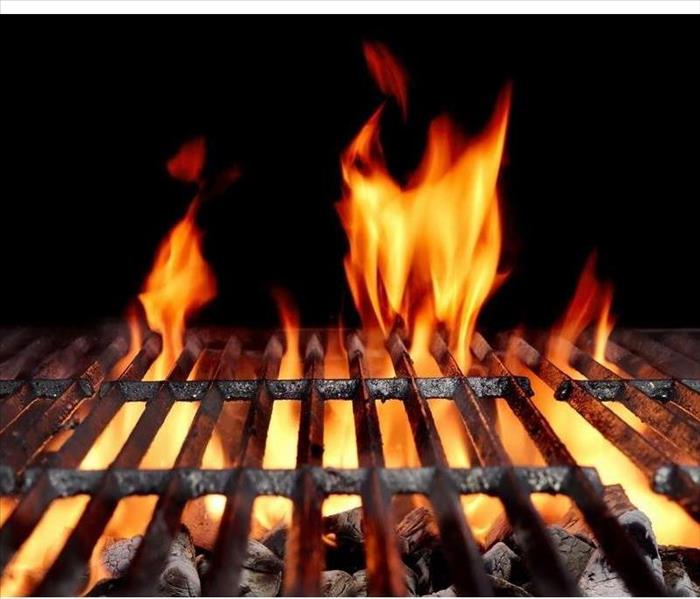 Grilling is fun just know the right way to set up and clean your grill.
Grilling is fun just know the right way to set up and clean your grill.
Cleaning Your Grill at Home
Grilling is a great way to cook food outdoors. Cleaning your grill, though not as fun, is essential. Without it, your grill will start to smell. Extended use may cause a grease fire. Here are some grill cleaning tips for a safe grilling experience.
Knowing the Different Types of Grills
There are several different types of grills on the market today, and each one has its unique cleaning requirements. There are many reasons to clean a grill, including:
- Improved grill longevity
- Bacteria prevention
- Pest prevention
- Tastier food
Charcoal grills are the most popular. They're easy to use and give food a nice smoky flavor. To clean a charcoal grill, remove the ashes after each use and scrub the grill with soapy water once every few weeks.
Gas grills don’t involve lighting charcoal or cleaning up ashes, and electric grills don’t need charcoal or gas. However, grease and food residue can still build up on the grates. Proper grill cleaning starts with removing the grill grates and soaking them in soapy water. Scrub the grates with a brush and rinse them with clean water.
Performing Proper Grill Maintenance
Understanding how to store and maintain your grill is also essential. To prevent rust, clean your grill grates after each use and apply a coat of vegetable oil before storing. Replace broken grill grates as soon as possible to prevent injury.
Preventing Grilling Emergencies
Following the proper grill cleaning procedure will reduce the risk of emergencies such as grease fires. In the case of a fire, use a fire blanket or a fire extinguisher. If it becomes uncontrollable, you’ll want to call the fire department. Consider calling a fire damage restoration service in Heathrow, FL, to assess the damage afterward.
For many people around the country, grilling is a fun activity. Knowing the right way to set up and clean up your grill will help you prevent catastrophe.
Driving Tips During a Flood
8/27/2022 (Permalink)
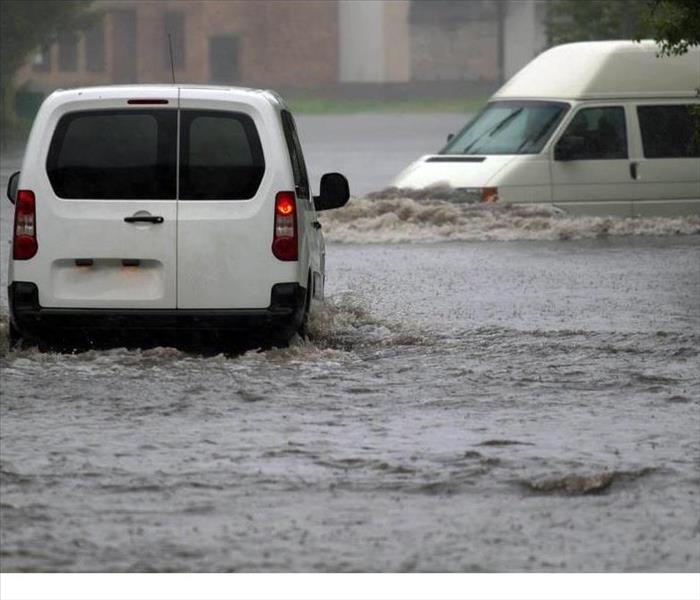 Drive safely in flooded streets
Drive safely in flooded streets
Driving During a Flood
When a bad storm hits Heathrow, FL, floodwaters can rise in no time. Rather than barrel down your flooded street, you should take a few precautions when there is a lot of water on the road. Here are some tips on staying safe if you must drive after a heavy storm.
Steer Clear of Standing Water
Many drivers tend to ignore travel tips and get overconfident when flash floods occur. They expect that standing water is harmless. The truth is that there can be many unseen hazards beneath the surface:
• Branches or other debris
• Potholes or washed out pavement
• Moving water
It is unlikely that you are able to discern how safe it is to drive through water when you can’t see to the bottom of it. Even a few inches can stall your vehicle or even move it off the road. Flood damage experts recommend that you find an alternate route or just wait until the water has a chance to drain.
Slow down
A flooded street is not a racetrack. Even if the water is shallow enough to navigate, you still need to reduce your speed so that you don’t stall your vehicle or hydroplane. If your tires cause water to fan out to the side, you are probably going too fast to be safe.
Don’t Use Others as a Gauge
Just because other drivers make it through flooded roads, that doesn’t mean you should try it. Flood conditions change rapidly. The car in front of you could have inadvertently knocked some debris into your path that will tear up your vehicle. Rely on your own good judgment rather than the whims of other people.
A flooded street is not meant to be a challenge. When in doubt, it is better to turn around and go back the way you came than try to rush through standing water. Safety should always come first.
4 Steps To Take After Commercial Water Damage
8/22/2022 (Permalink)
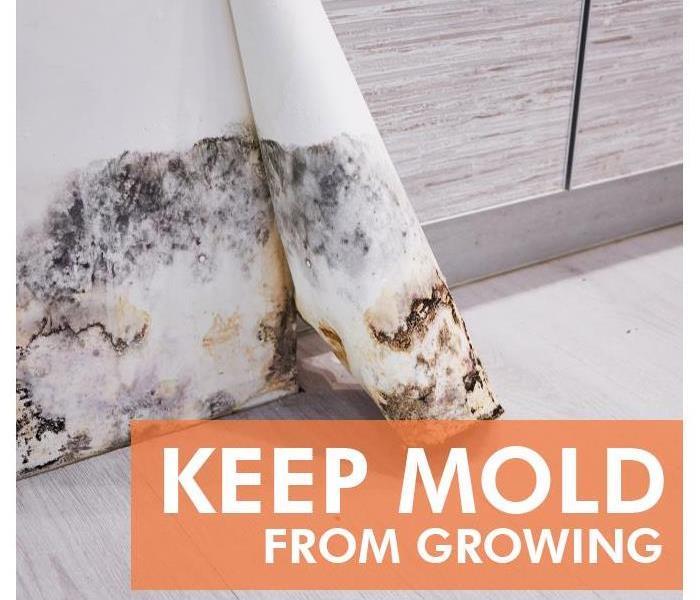 Water damage spreads fast and easily creating an ideal environment for mold to grow.
Water damage spreads fast and easily creating an ideal environment for mold to grow.
Four Steps to Take Following Commercial Water Damage
From broken pipes to heavy storms and HVAC system malfunctions, water damage may happen at any time in your Lake Mary, FL, business. When the unexpected happens, help minimize the damage and get back to normal faster by taking the following four steps:
1. Find the Source
It is essential to find the source of the problem and stop it. If it involves flooding, that may not be possible. When the problem is a plumping or appliance issue, it is essential to turn it off as long as it is safe to do so. This may require shutting off the main water valve.
2. File a Claim
Once the water stops flowing, call your insurance provider to make a claim. The quicker this happens, the faster the issue is resolved. Along with filing the claim, take photos and videos of all affected areas and items. This is essential documentation to help move your claim along more smoothly. It is also recommended to keep a log of all items damaged and locate any receipts if possible.
3. Begin Water, Water-logged Material Extraction
Water damage spreads fast and easily creating an ideal environment for mold to grow. After getting approval from your insurance provider, remove any waterlogged items from the property to dry in a safe, secure location. The next essential stepping is extracting standing water. As it sits, it may easily begin to seep up walls and into other porous materials.
4. Get Professional Water Cleanup Help
Depending on the extent of the damage, the water removal process and following restoration steps may require water and mold restorative services. Calling in the experts provides peace of mind on all levels. Along with helping extract water and dry out the property, trained technicians will have the expertise and tools to salvage many items, clean and deodorize affected areas, and complete restoration repairs.
Finding water damage on your property is frustrating. Taking the above steps and acting quickly helps ease the situation.
Content Cleaning Methods After Water Damage
8/22/2022 (Permalink)
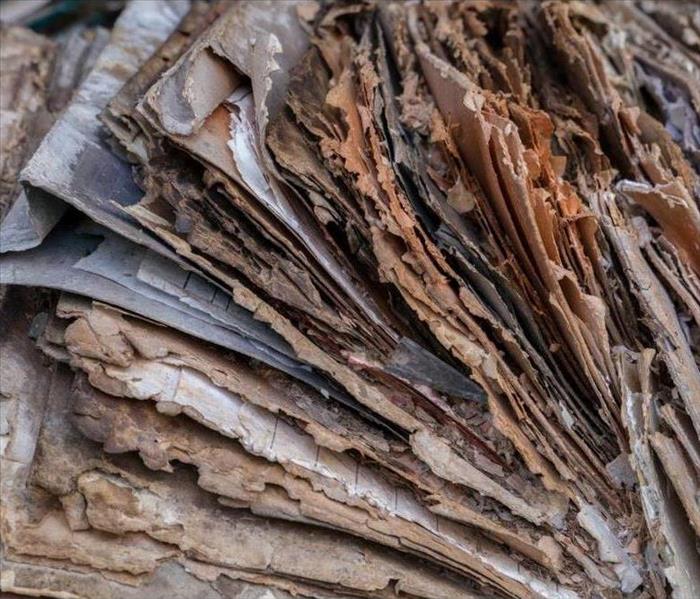 Choosing a professional restoration company makes it easier to restore items instead of replacing them
Choosing a professional restoration company makes it easier to restore items instead of replacing them
Cleaning Content After Water Damage
Whether the culprit is a severe storm, broken pipe, or another unexpected event, water damage to your Lake Mary, FL, the property is more than a structural problem. A flooded company means that carpets, rugs, furniture, documents, electronics and more may be at risk. When you choose a certified water damage remediation and restoration company, you get a team of experts focused on restoring those items.
Dry Cleaning and Other Methods
Restoring belongings saves money and time, but it isn’t an easy task. Depending on what is damaged, it may require different methods of cleaning. Many of these involve specialized equipment and processes. When choosing SERVPRO, contents are pretested to determine salvageability. From there, the following cleaning methods may be used to restore them back to normal:
- Dry: Ideal for pre-cleaning and removing light residues.
- Wet: Method for eradicating moderate and heavy residues.
- Spray and Wipe: Used on items unable to be wet cleaned.
- Foam: A wet cleaning alternative for materials known to bleed or shrink, such as upholstery fabrics.
- Abrasive: Agitation on the material surface to remove heavy-duty stains.
- Immersion: Items are fully immersed in a cleaning solution bath.
Salvaging Documents and Electronics for a Flooded Company
While the above methods work on a number of materials, some items in your business are much more delicate. Any electronics will be thoroughly cleaned and inspected by a specialized technician to determine if they will be safe to continue using.
Documents and photographs also make the list of items that may not need to be tossed. From air drying to vacuum freezing, the extent of the damage will determine the best, if any, restoration method.
The owner of a flooded company has a lot to deal with from the building itself to the vital documents needed to operate. Choosing a professional restoration company makes it easier to restore items instead of replacing them.
 If you own a building and don't have fire insurance, then you are putting yourself and your business at risk.
If you own a building and don't have fire insurance, then you are putting yourself and your business at risk.






 24/7 Emergency Service
24/7 Emergency Service



